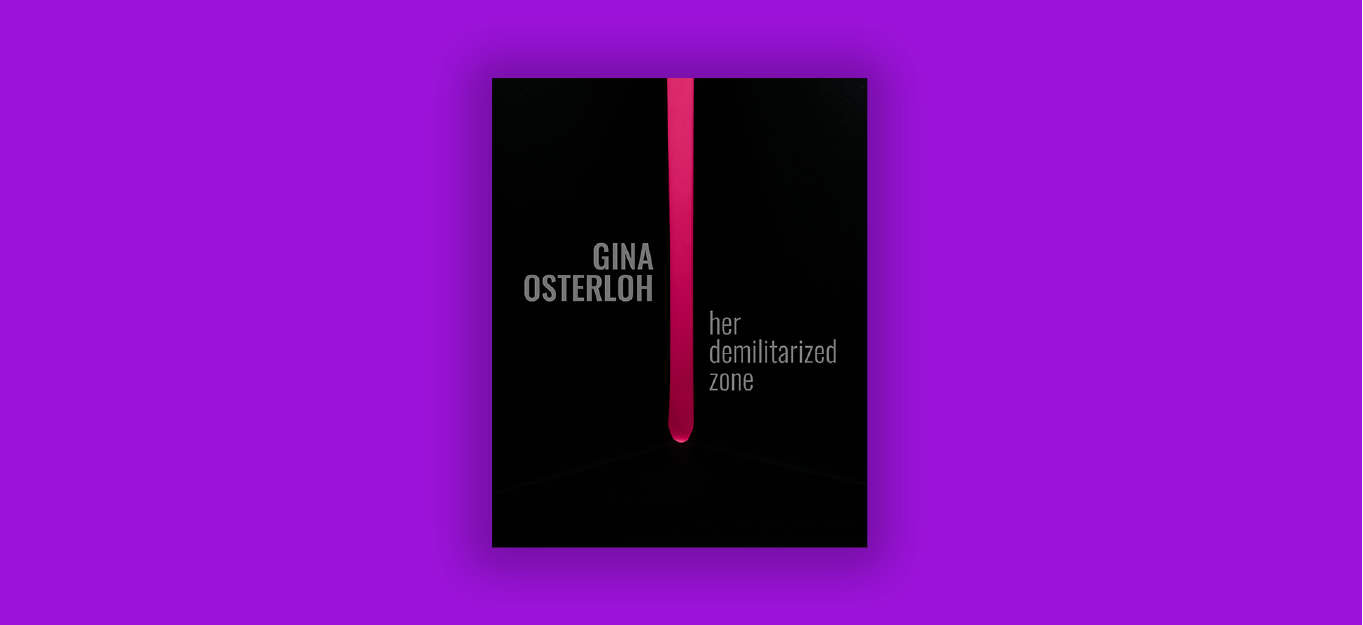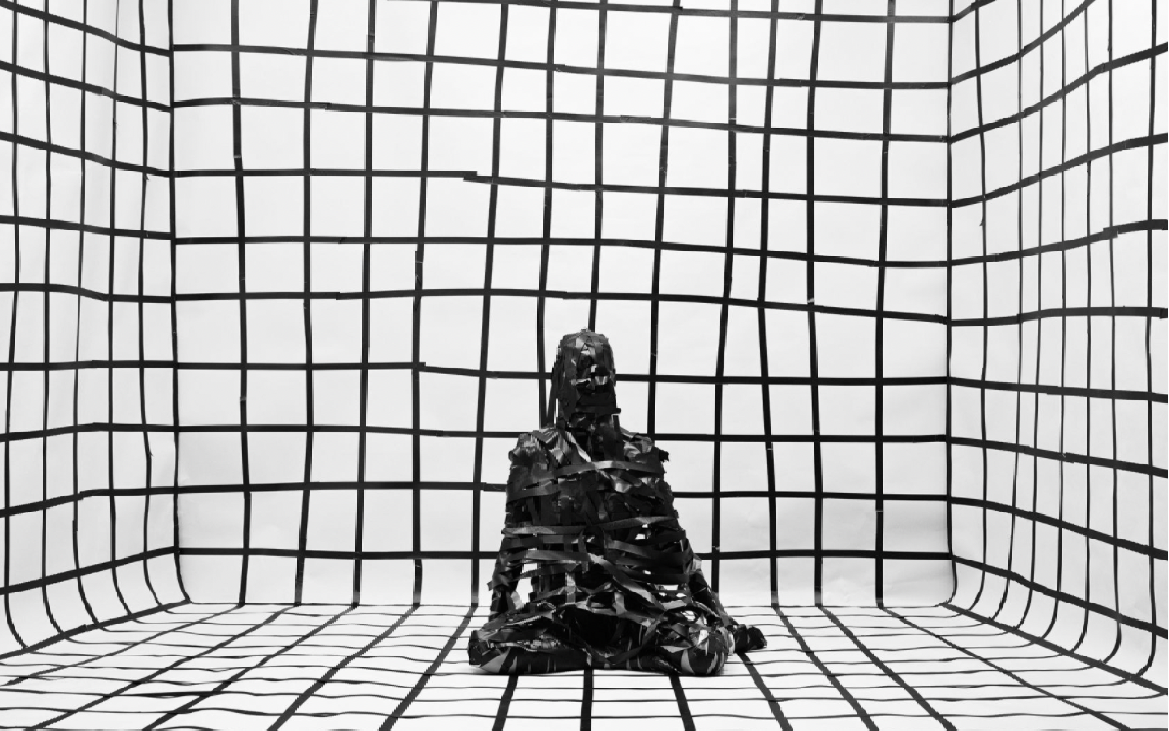
About
Gina Osterloh's solo exhibition, her demilitarized zone, reflects on the current human condition and contemplates an alternate way of being where words and images are de-weaponized; implements of brutality, violence, and exclusion metamorphose into a poetry of pleasure and possibility. The slow and labor-intensive processes of creating each image and object in this exhibit embody the difficult and committed work necessary to see the other without preconceived notions and ideology.
Ruminations on the etymology of photography : writing with light - led to experiments using a welder’s torch to inscribe words on steel. Words that initially seem like scribblings of black paint are burned onto steel bars, the intensity requiring the artist to stop after each gesture is rendered. The steel of industry, modernization, and militarization - steel bars that wall off the other - are slowly transformed. Intractable steel is blistered and scarred with phrases suggesting release, letting down defenses. Unlike earlier works on steel plates, these are not left to rust but are subjected to a series of processes akin to darkroom photographic chemical baths that infuse them with the black color and coatings that fix the surface, rendering them forever irreversibly altered. The intangibility of the words …
her
demilitarized
zone
________
pleasure
after
centuries
of
war
they
saw
each
other
without
weapon
he
wept
in perpetual tension with the permanence and weight of the steel.
Body as contested site - a theme that Osterloh has continuously investigated - is magnified in the “portraits” Mirror Woman and Shutter Vision. In these photographs, she sits as one does for a traditional portrait but she covers her arms, torso, and head in tape, denying the viewer the convenience of quick judgement and categorization based on skin color that was ever present while growing up Filipino-German-American in Ohio and living in the racially charged climate of America today. Shutter Vision unsettles the viewer with its resemblance to BDSM images. Not intended to allude to sex, the artist articulates its reference to image as fetish. (‘An object, the possession of which is believed to procure the services of a spirit lodged within it’, which also shares origins with ‘magic’, the Portuguese word feitiço, and the Latin root words for ‘artificial’ and ‘to make’ facere.) “I simplify, amplify, lay bare the photographic field, a terrain of power – our global cultural and political landscape – dominance and submission: the two inextricably intertwined through looking.” The dizzying Pressing Against Looking underscores the overwhelming nature of our current visual culture that calls for constant looking, seeing, and being seen, that the artist describes as “the frenzy of vision”.*
In Mirror Woman, the reflective tape that serves as skin appeals to the ego centric instinct to glean our own image, to gauge ourselves based on our estimation of the other. Inevitably, this proves unrewarding; what we see is distorted and fragmentary.
As she deprives the viewer of the power of judgement through vision, she denies herself as well. Eyes sealed shut, she is blind to the viewer; photos are taken, impressions made without seeing. Despite being cut off from sight and sound, the artist exudes a calm energy, slowly reached through hours of meditative cutting and taping. Turning inward, she shuts out visual noise, allowing for the possibility of relating on a different level. In that shared vulnerability of not being able to appraise each other visually, a space opens for a spiritual connection.
Visualized through room sets that Osterloh uses to invite viewers to inhabit the photographic space, Psychic Drop- Pink and Psychic Drop - Grey refer to a concept the artist encountered in reading philosophy and art theory texts describing the act of camouflage as a momentary loss of one’s individuality, a psychic drop in ego. In resonance with the idea of de-weaponization, camouflage is conceived of “not as a tactic of war, but instead a strategy to inhabit other points of view”. Silencing oneself demands time and work, it requires shedding the artificial, ultimately ineffective protections we layer on ourselves, layers that like the tape in the portraits adhere to skin becoming one with the body, leaving their marks when ultimately removed.
– Yael Buencamino Borromeo
________________
*Gina Osterloh acknowledges the influence of writer Marina Chao with the phrase "frenzy of vision." Marina Chao is currently co-director of Higher Pictures Generatinon, Brooklyn, NY.
Gina Osterloh’s photography, performance art, and sculptures address the pleasure and pain of looking and interrogate presumed notions of identity. She is enthralled by the possibilities of blankness initiating psychic panic. Symbolic themes such as the void, orifice, the grid, and skin, in addition to a heightened awareness of color and repetitive pattern appear throughout her artwork.
Solo exhibitions and performances include Gina Osterloh at Higher Pictures Generation (NY); Shadow Woman as part of En Cuatro Patas at The Broad Museum (Los Angeles); ZONES at Silverlens, Manila; Slice, Strike, Make an X, Prick! at Ghebaly Gallery (Los Angeles); Nothing to See Here There Never Was at Silverlens (Manila, Philippines); Gina Osterloh at Higher Pictures; Group Dynamic at Los Angeles Contemporary Exhibitions (LACE), and Anonymous Front at Yerba Buena Center for the Arts. Group exhibitions include Multiply, Identify, Her at the International Center of Photography in New York City, Not Visual Noise at Ateneo Art Gallery, Ateneo University in Quezon City, Philippines; an idea of a boundary at the San Francisco Art Commission Gallery; Ours is a City of Writers at the Barnsdall Los Angeles Municipal Art Gallery; Energy Charge: Connecting to Ana Mendieta at ASU Museum, Demolition Women curated by Commonwealth & Council at Chapman University and Fragments of the Unknowable Whole Urban Arts Space OSU. Reviews of her work have been featured in The New Yorker Magazine, Art in America, The Brooklyn Rail, Contemporary Art Daily, Hyphen Magazine, Art Asia Pacific, Asian Art News, Art Papers, Artforum Critics Pick, Art Practical, and KCET Artbound Los Angeles. Awards include an Ohio Arts Council Grant for Individual Excellence, the Wayne P. Lawson Columbus Museum of Art Acquisitions Award, a Fulbright in the Philippines, a Woodstock Center of Photography residency, and a Create Cultivate Grant with the LA County Arts Commission and LACE. She is an Assistant Professor of Art at The Ohio State University. Gina Osterloh’s work is represented by Silverlens Galleries (Manila) and Higher Pictures Generation (New York).
Yael Buencamino Borromeo is co-curating with Arvin Jason Flores the official representation of the Philippines at the 59th Venice Art Biennale 2022 titled All of us present, This is our gathering / Andi taku e sana, Amung taku di sana, featuring Gerardo Tan in collaboration with Felicidad Prudente and Sammy Buhle. She is head of Programs and Audience Engagement at Lopez Museum and Library and was the Director of the recently concluded Manila Museums Summit 2021. Her professional interests lie in interdisciplinary initiatives in cultural institutions and museum development. She was the Executive Director of Areté, the creativity and innovation hub of Ateneo de Manila University (2017-2019) and managing curator of the Ateneo Art Gallery (2007-2017). She contributed to the book Making Museums Work : A Zero In Handbook. She holds an MA in Southeast Asian Studies from the School of Oriental and African Studies, University of London.
My art is a continuation of more than 15 years of photo tableau, performance art, drawings for the camera, video, film, and recently, sculptural text works with steel. My experiences growing up mixed-race Asian American in Ohio were formative experiences that led me to photography and larger questions of how a viewer perceives difference. In many ways, my art embraces formal elements and abstraction to address the process of identification and how vision informs our understanding of identity.
In 2017, I began to catalog symbolic themes that I use to address identity in my photographs. These visual schemata include hair, skin, eyes, and orifices, as well as structures such as the grid and basic units which contain “space” such as three walls and a floor, a room, or portal. The schemata became enlarged drawings on seamless backdrop paper that were photographed and printed at almost a 1:1 scale of 34.5” x 45.5” inches – an ongoing body of work titled ZONES.
Photographs titled Pressing Against Looking (2019-2020) depict long poles pressing against my eyes while sitting in a large-scale monochrome gray paper room. Pressing Against Looking activates a set of underlying philosophical questions: How can a woman press against the framing devices which attempt to fix her/their identity? How is looking a form of pleasure and pain, and how can I represent this in a visual image? Pressing Against Looking concentrates on the eyes and face, as zones holding a tremendous amount of pressure– the conceptual pressure of being compressed into the photographic frame– as the act of looking presses a body into a paradigm of social constructs such as race and gender.
Representation, reproduction, presence, absence, and erasure are wrapped in photographs such as Holding Zero (2020) in which black tape binds my body. I then present a reproduction of this mummified form, with my freed body holding the anonymous replica. In Grid, Eyes (2020) the figure is absent yet eyes at the crosshairs of gridlines peer back at the viewer. In Shutter Vision I activate operations of photography by holding the shutter release cable in my mouth and taking the photograph by closing my jaw, biting down with my teeth.
In 2019, I began working with steel for a body of work titled Pressure Plates that consider the simple etymology of the word “photograph” as “light-written” or “to record with light.” Each steel plate is sized to traditional photo dimensions of 14 x 11 inches. Words are formed with a welder’s torch, considering the act of writing with bright hot light on a metal plate akin to photographic processes, as well as the intersecting histories of steel and photography as structural, technical and cultural forces.
Reviews of my work have been featured in The Brooklyn Rail, The New Yorker Magazine, Art in America, Art Asia Pacific, Artforum Critics Pick, Art Practical, and KCET Artbound Los Angeles. My work is represented by Higher Pictures Generation in New York and Silverlens in Manila, Philippines. I am an Assistant Professor in the Department of Art at The Ohio State University.
Video
Works
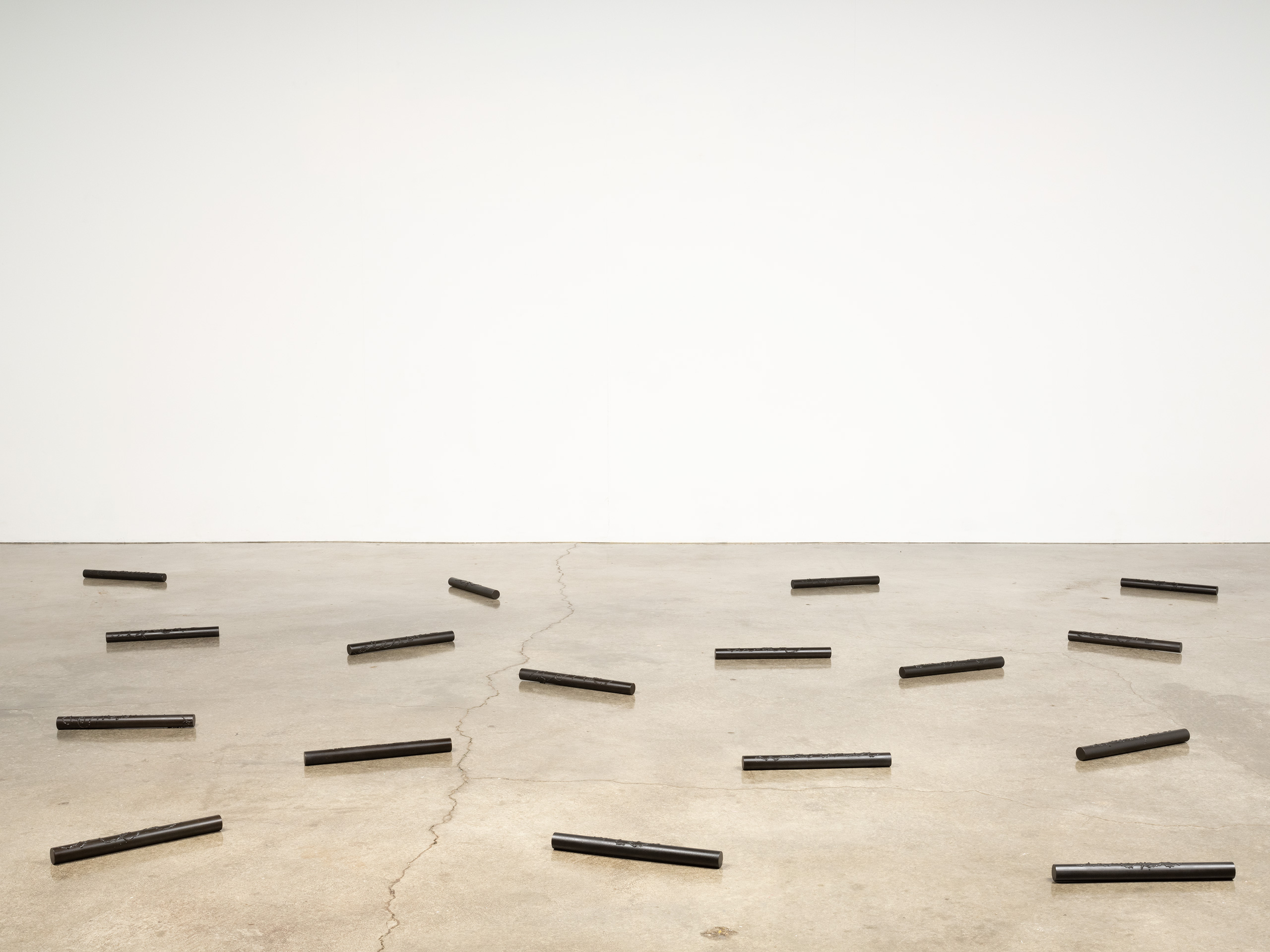
demilitarized
zone
________
pleasure
after
centuries
of
war
they
saw
each
other
without
weapon
he
wept
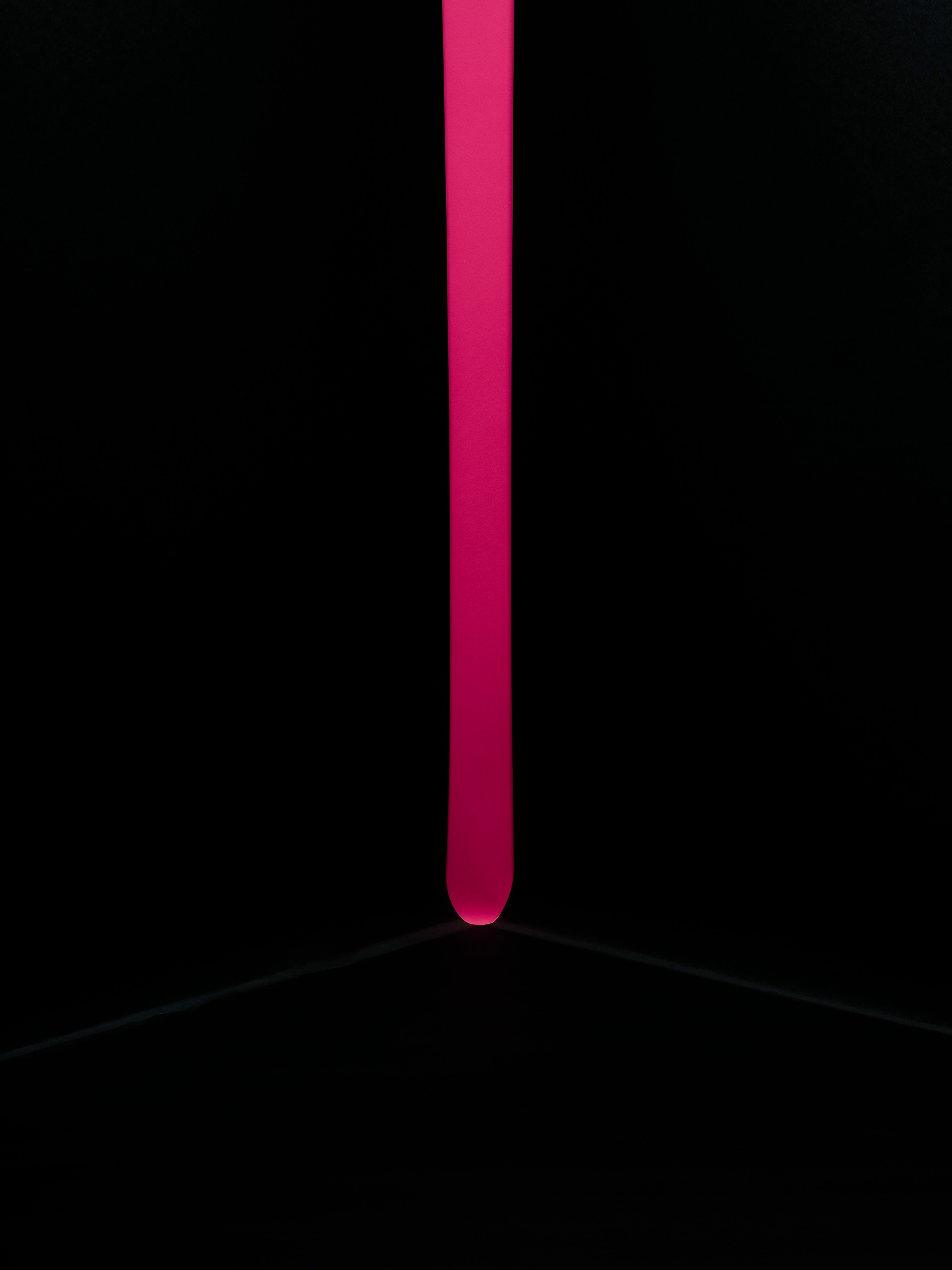
SLGGO108_001
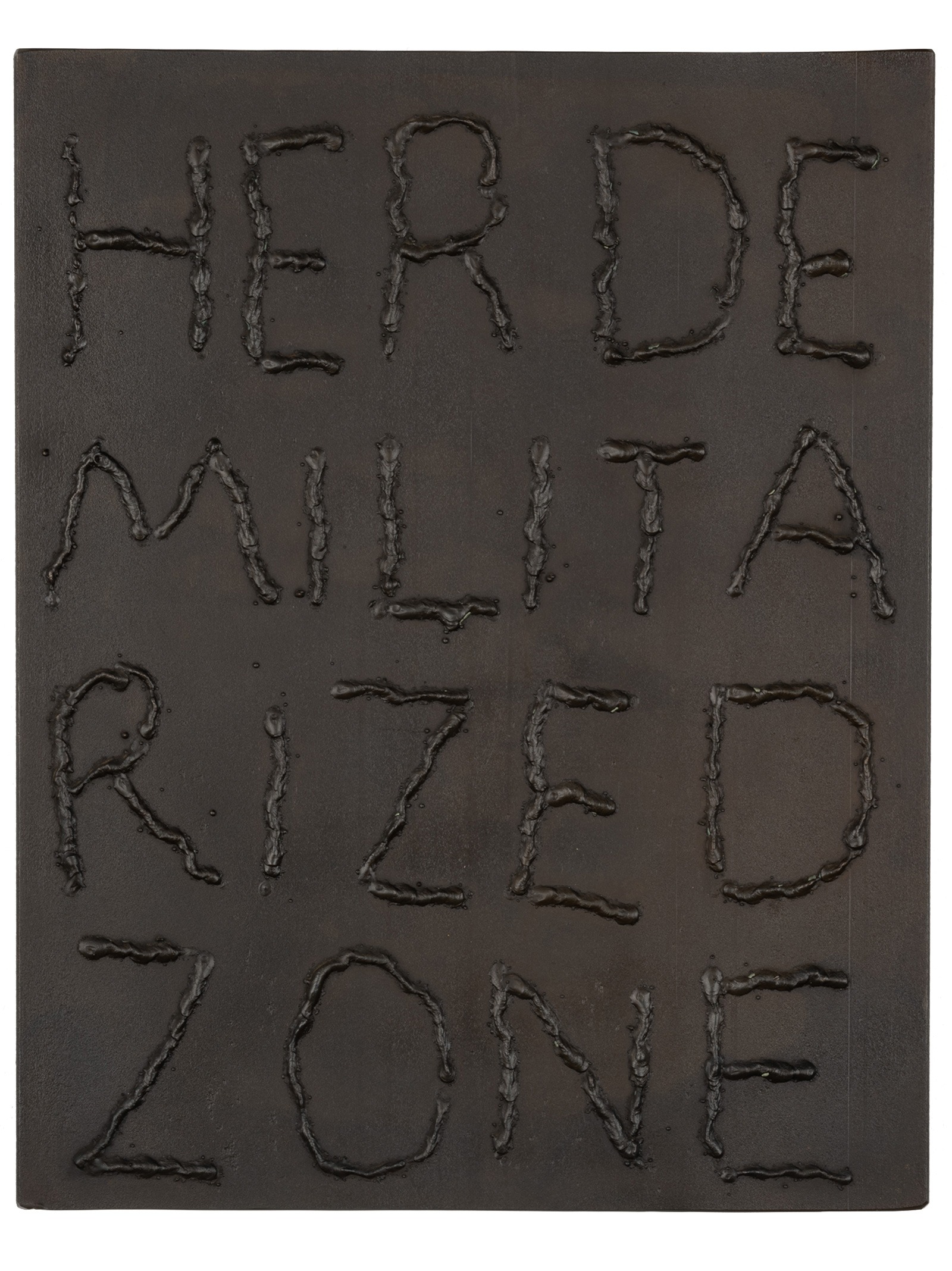
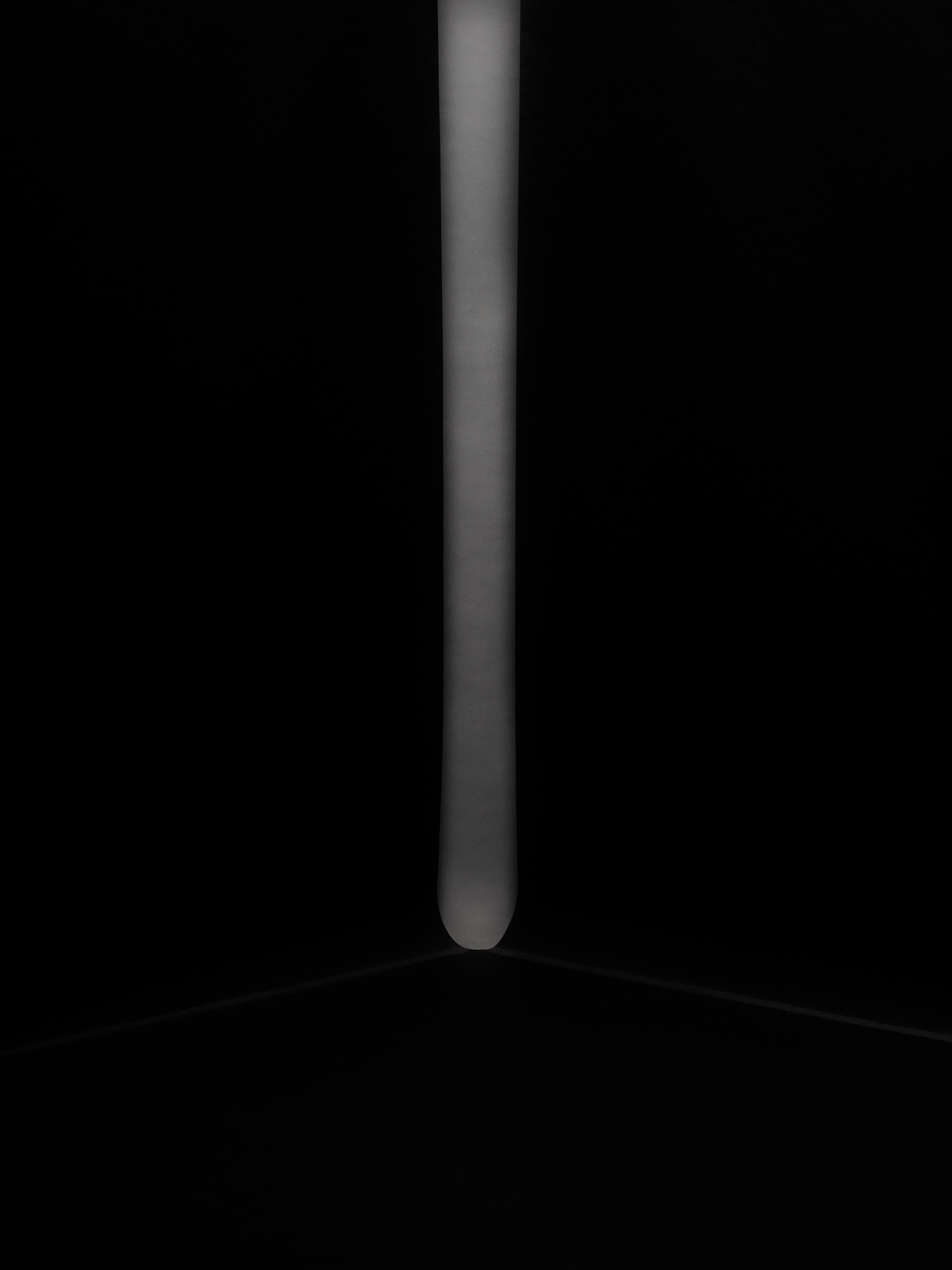
SLGGO112_001
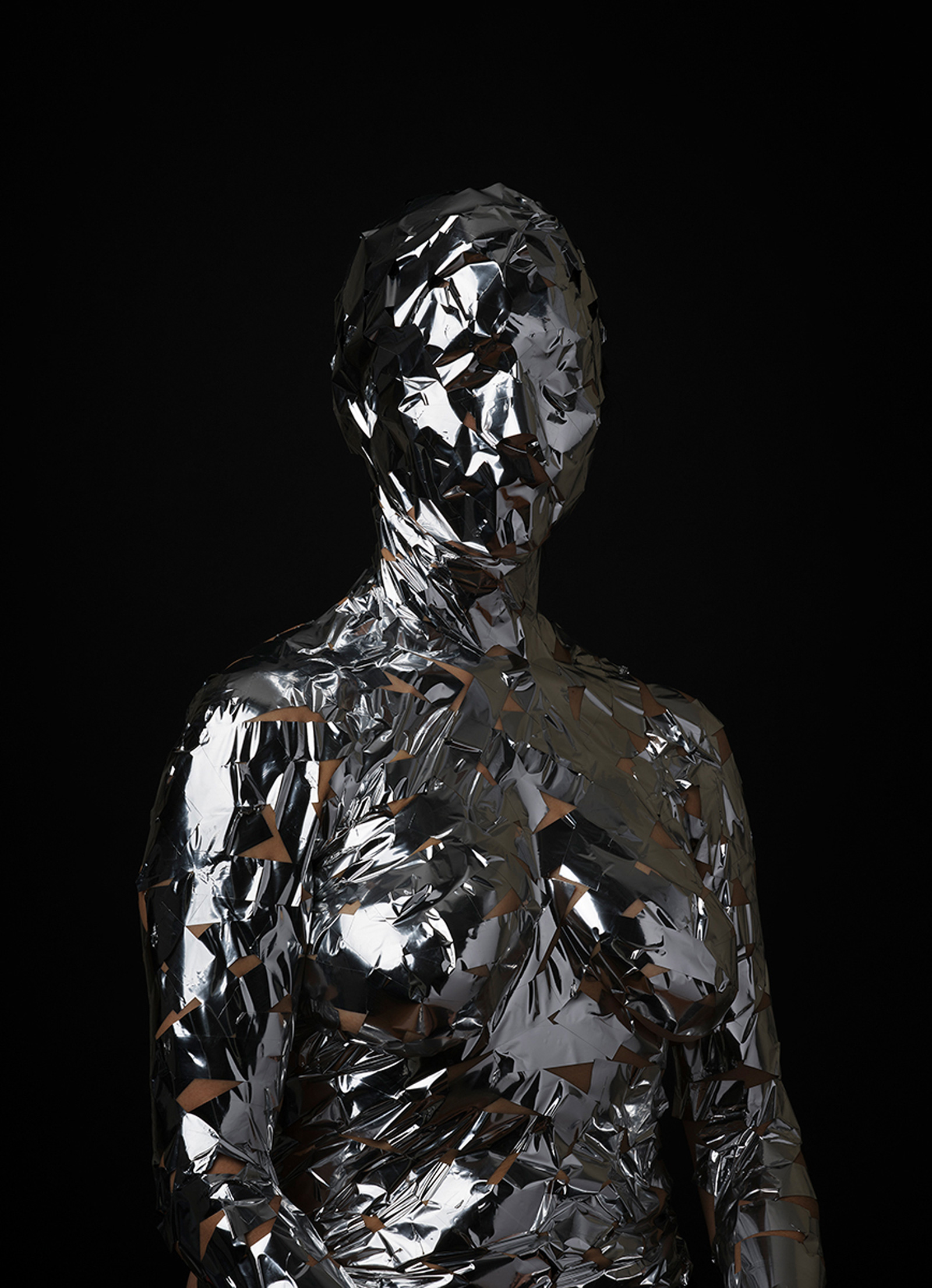
SLGGO109_001
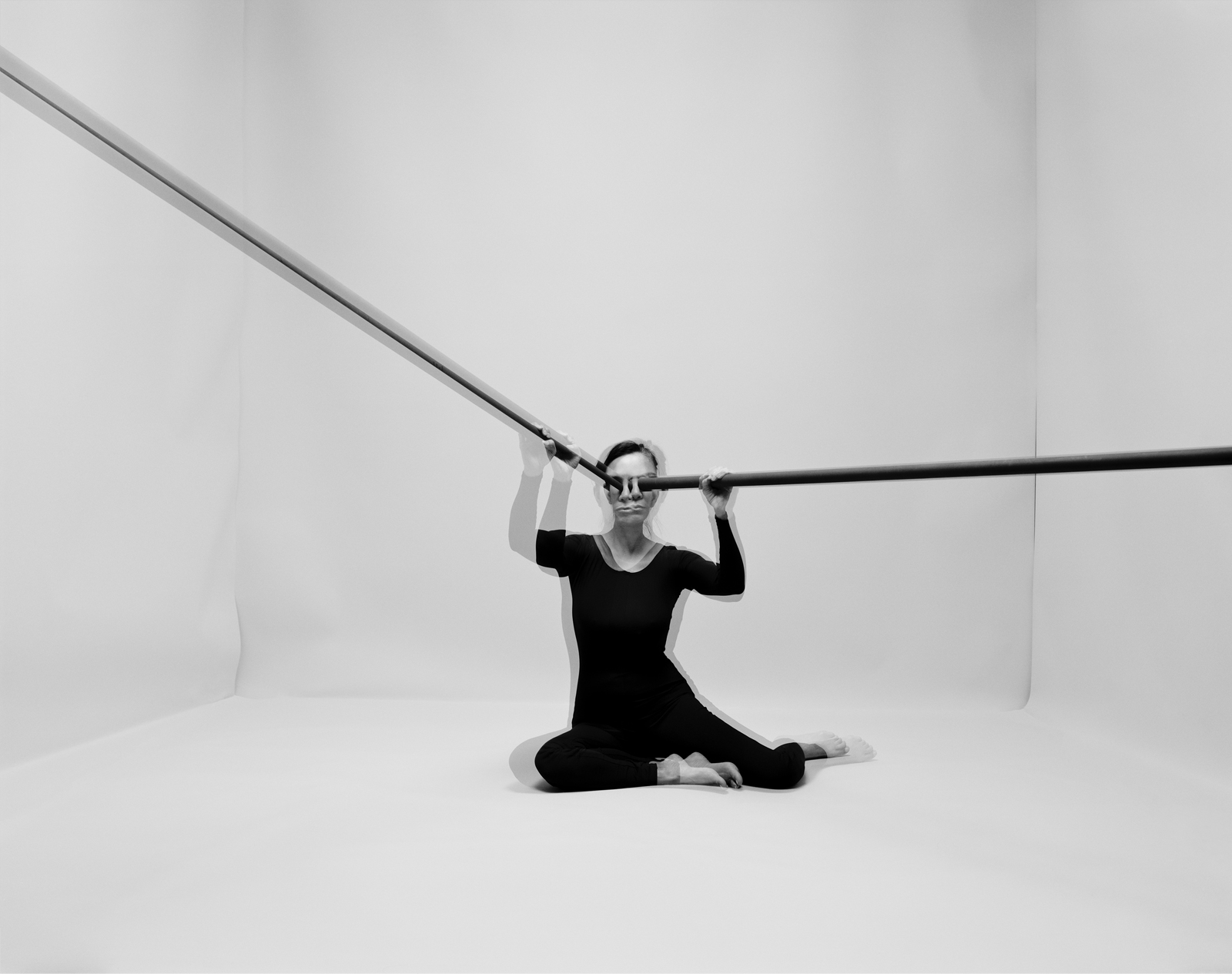
SLGGO111_001
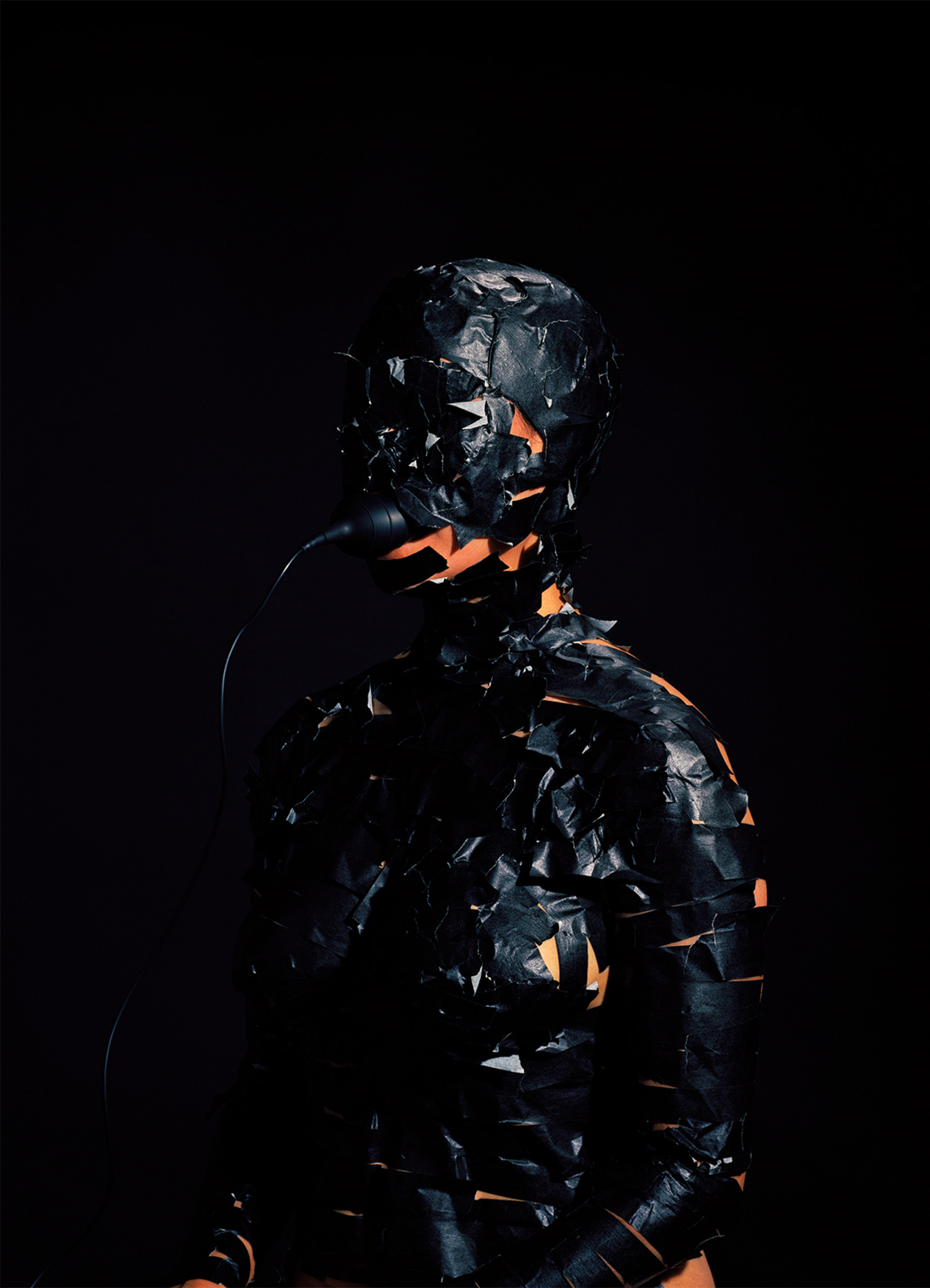
SLGGO110_001
